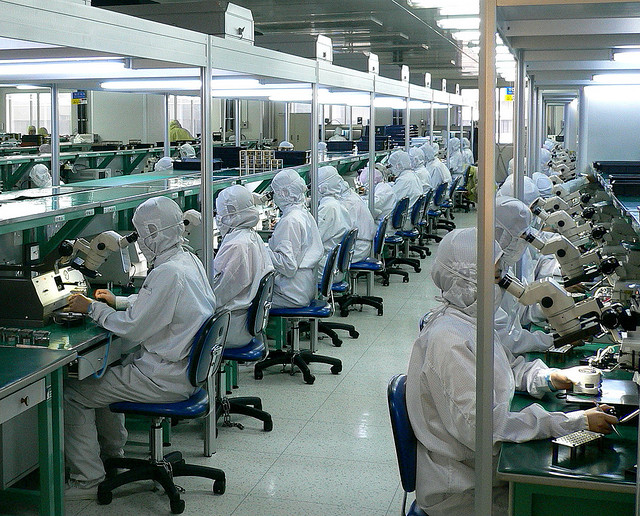
Given recent market volatility, I had a number of questions come up in conversations with clients. For this Market Outlook, I decided that a Questions and Answers format might be useful.
Why are the Equity Markets Volatile?
The S&P500 stock index total return is down 2.9% year to date. I think for a lot of people it feels much worse. From the late May peak to the low point on August 25th, the market fell 12.35% (excluding dividends). A drop of greater than 10% is considered a correction. Still, we need to put this in context. Since the 1950s, the likelihood of the market being down by greater than 10% from its peak at some point during the year is greater than 50%.
What Caused the August Drop?
Much of the media focus has been on concerns that world economies, in particular China, are experiencing slower growth. In addition, the Federal Reserve decided not to raise rates last week. They cited a weak global economy, persistently low inflation and an unstable financial market. This has contributed to continued volatility.
There is some evidence that suggests that algorithmic trades generated by several popular investment strategies added to the problem. It’s a technical discussion, that may be interesting to those who want to go deeper on understanding how markets work. (See “Blame The Algos For The Sell-Off” by Cam Hui).
Is China Growth Slowing and What is the Impact on US Markets?
There is quite a bit of debate about China’s growth rate. On Aug 21st, a private manufacturing survey called the Caixin/Markit China Manufacturing Purchasing Managers’ Index (PMI) showed that manufacturing in China shrank at its fastest rate in over 6 years. (See “Sharp China factory slowdown in August raises global growth fears”). Official government data for Q2 said the economy grew 7% year over year.
Previously, I discussed the view of noted US economist Ed Hyman, that the US economy had torque even if the growth rate has remained low (See “The Economy Has Torque”). The August US Manufacturing PMI Composite Index was 51.1. A score over 50 indicates that manufacturing is expanding. The concern is that weakness in China could spread to the US and hurt US stocks.
There are three ways this could affect the stock market. First, simply adding uncertainty and fear can impact stock prices. Investors don’t like uncertainty and markets may go down even if there is no real impact on the economy. Second, if consumers fear the economy will slow they may begin to cut back on spending. This would hurt spending and the economy would actually suffer. Third, if earnings decline we would expect the stock prices to adjust down, as over the long run stock prices reflect the earnings of the companies.
Are US Stocks Fairly Valued?
Our core belief is based on markets being largely efficient. It is extremely difficult (some argue impossible) to forecast market returns based on short term fluctuations in the economy. That said, we do use tactical asset allocation to adjust asset class weights based on macro-economic conditions as well as asset prices and expected returns.
So if we can’t forecast short term economic fluctuations and/or market sentiment, that still leaves us with the question of fundamental value. Are US stocks fairly valued?
Let’s look very quickly at historical valuation and implied valuation using estimates of earnings, inflation and interest rates. Today the PE multiple for the S&P500 is roughly 19.5. The long run historical average is 15.5. (source: http://www.multpl.com ). On this basis, one might conclude that the stock market is overvalued. However, this doesn’t tell the complete story. It doesn’t account for how today’s interest rates, inflation rates and growth rates compare to history. For these reasons, I give stronger weight to the Grinold-Kroner model (See “US Market Expected Returns”).
Using the most recent data I have, the Grinold-Kroner model generates an expected return of 5-6%. That equates to an expected PE multiple of 16 – 20. Currently, the forward PE for the S&P500 is approximately 15. So this tells us that the expected return and current pricing are close.
If the Market Is Fairly Valued, Are You Saying the Market won’t fall?
If earnings fall then the US stock market will certainly be impacted. At this point, the leading indicators, including the US PMI noted above are not signaling a recession. Very few economists would argue that a recession is imminent in the US.
Are You Changing Your Model Portfolio Allocations?
Not at this time. Our model portfolios are balanced with a significant portion in bonds. If leading indicators for the economy continue to decline and/or valuations become excessive then we may make changes. As noted above, based on interest rate and growth expectations we do not believe the market is highly overvalued. We also do not see economic indicators that would suggest a recession is upon us.